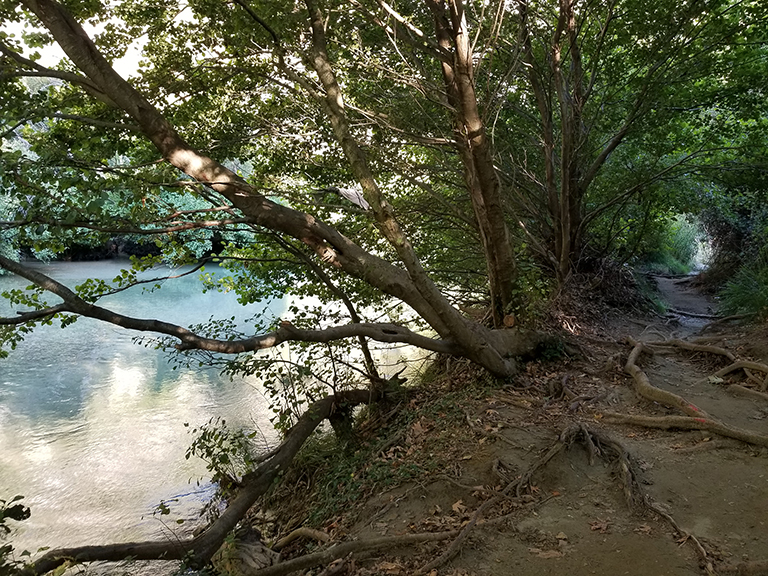

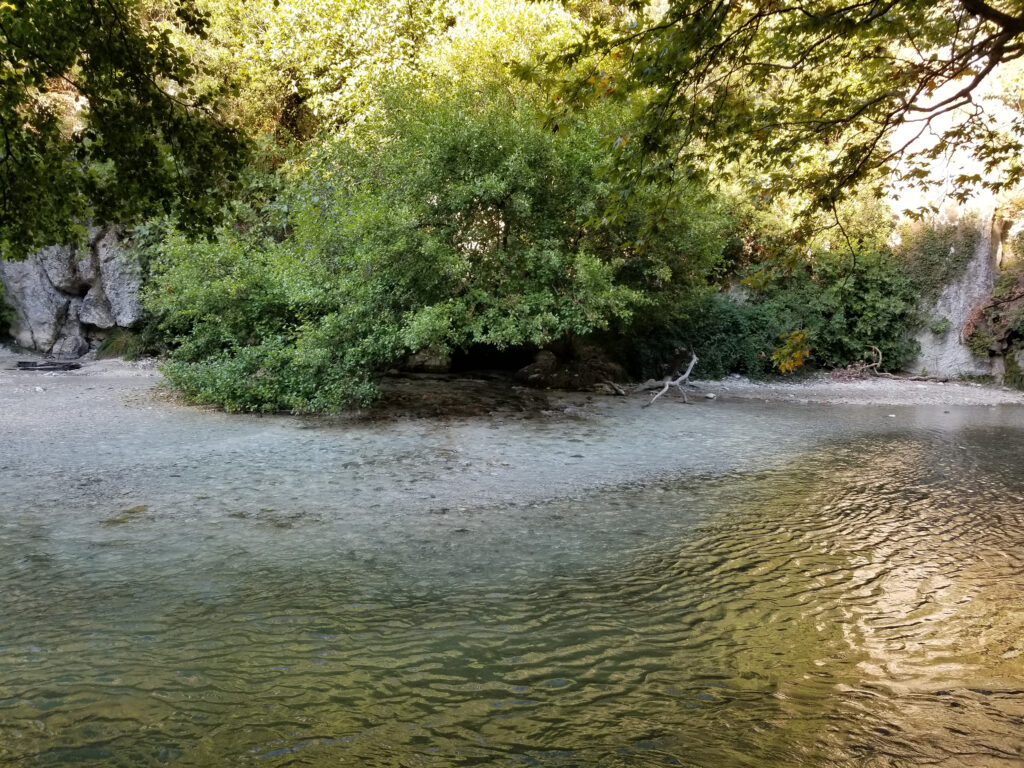
According to the beliefs of the ancient Greeks, Acheron is a river that for the one part passes through the earth, and the other part enters the kingdom of the dead – Hades. Charon, the demon of the underworld, sails on the Acheron, in his cone he transports the shadows of the dead to the gates of Hades, because according to the belief of the ancient Greeks, a person turns into a shadow when he dies. In order for Charon to receive the dead in his boat, they must first be buried. They also have to pay him one coin for transportation, which is why the dead are always buried with a coin in their mouth. All those who cannot afford to pay and who are not buried, wait forever on the banks of the river. According to Greek mythology, Acheron is Gaia’s son, who during the wars of the Olympian gods, before Zeus was enthroned as the supreme god, gave water to thirsty enemies, for which he was sent to the underworld as a punishment. Only a small number of living people managed to enter the underworld, among them Theseus, Orpheus and Odysseus.
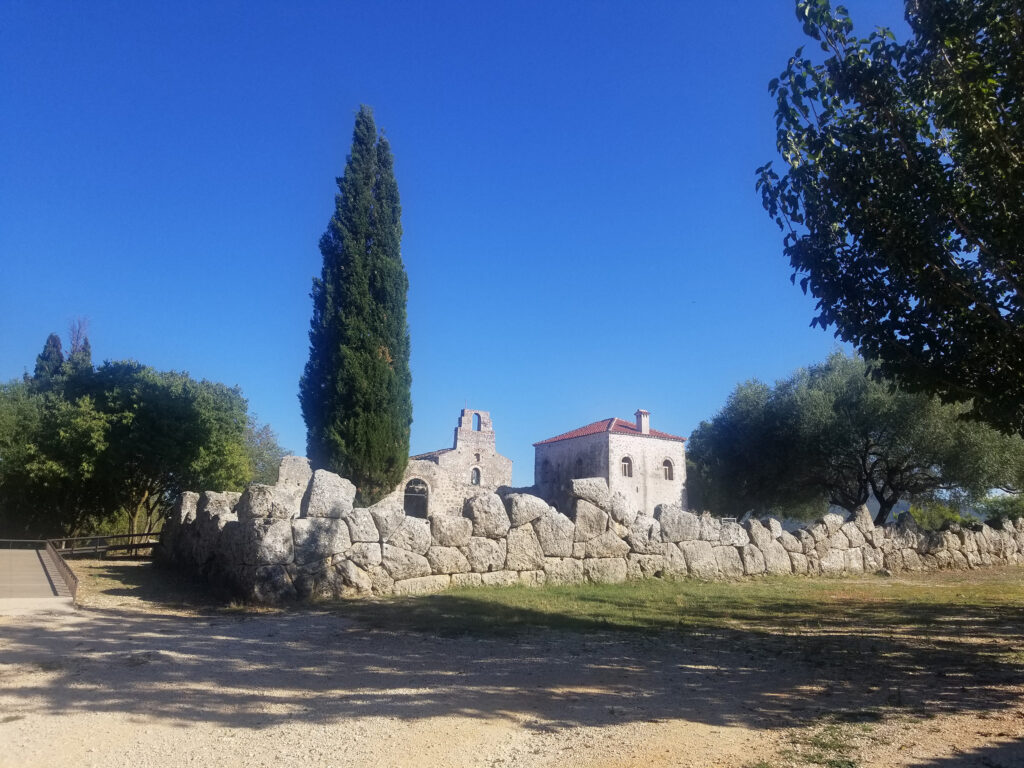
The ancient Greeks believed that the dead had no body, no blood, but were mere shadows, with the ability to predict the future, which is why many mortals wanted to talk to the dead. A special shrine, called the Necromanteion, was built over a cave believed to be the entrance to Hades and served as a rite of communication between the living and the dead. Several such sanctuaries were found on the territory of Greece and Italy, but the one located on the river Acheron is certainly the most famous one.
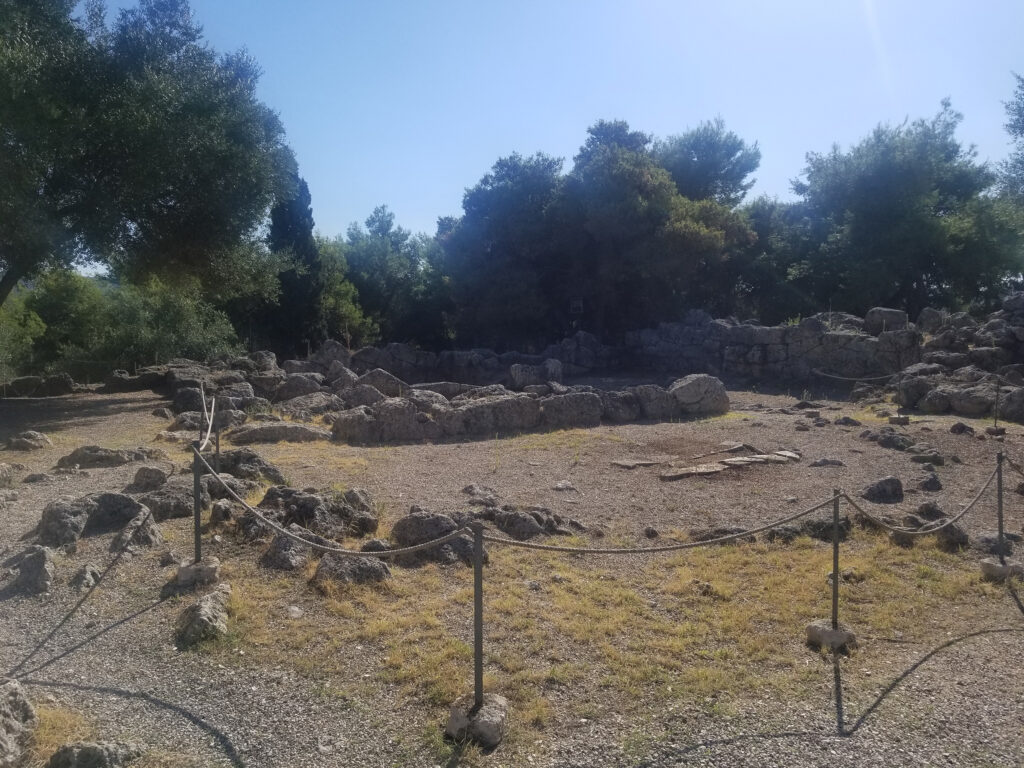
At the very entrance to the Necromantheion is the main hall, which was used to house the priests who organized the rite of communication with the dead, as well as visitors who wanted to talk to the dead.
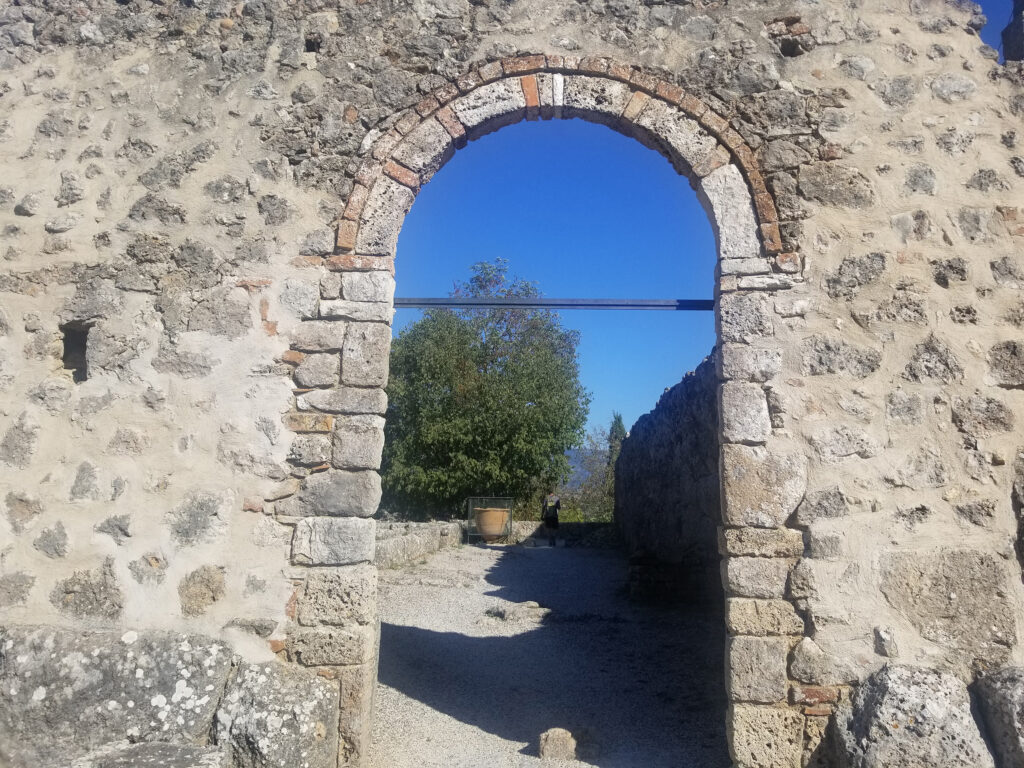
The ceremony would begin when the visitor entered through this door into the northern corridor.

In the three dark chambers to the left of the corridor, the guests were accommodated, where they were subjected to a special regime of physical and mental preparation for the ceremony of meeting the shadows of the dead. The participants of the ceremony were on a dietetic diet. During that preparation they also had to pray, priests performed magical rituals, told various legends and stories. In the last room, they washed themselves with holy water, in order to purify themselves and prepare for the dangerous encounter with the shadows of the dead. It is not known how long the preparation of the participants lasted, but it is known that they spent that time in a dark room without windows, completely alone and in isolation.
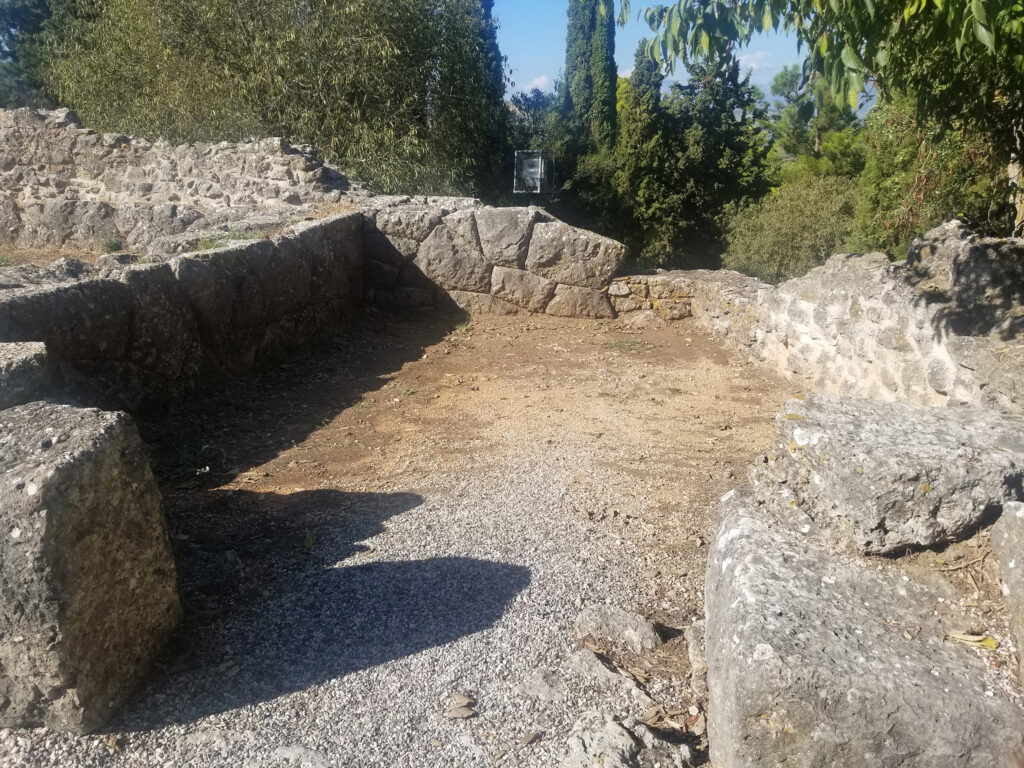
Before entering the eastern corridor, they would wash their hands for the last time with holy water, which was held in a large jar in this room.
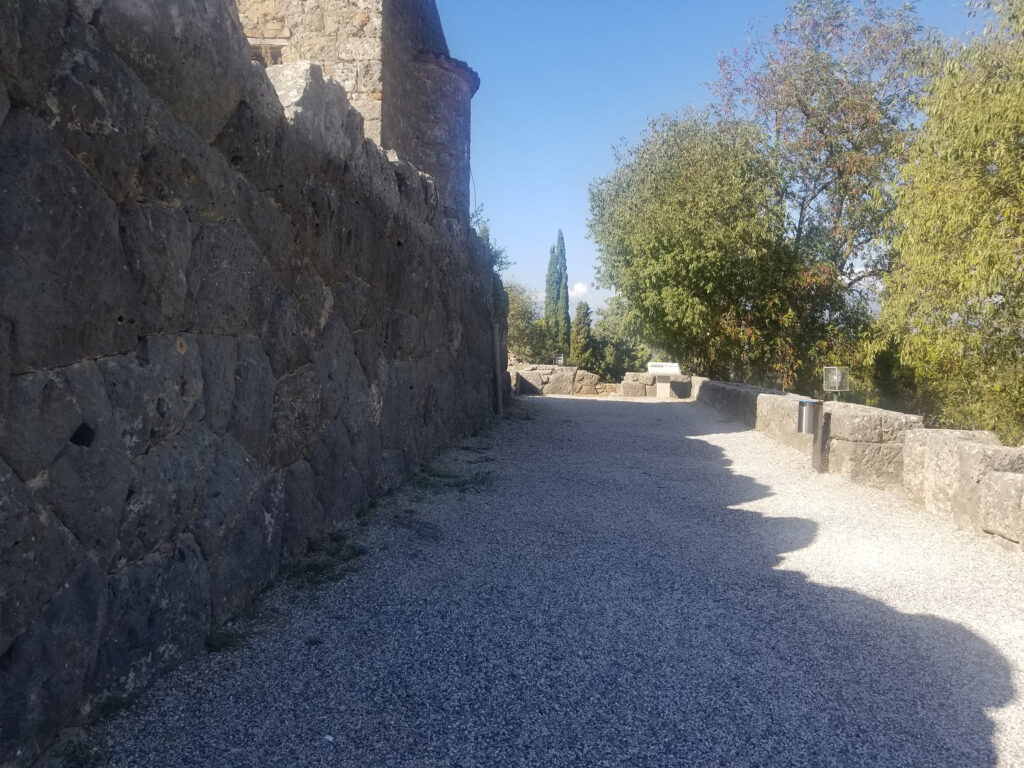
Before entering the eastern corridor, they would wash their hands for the last time with holy water, which was held in a large jar in this room.
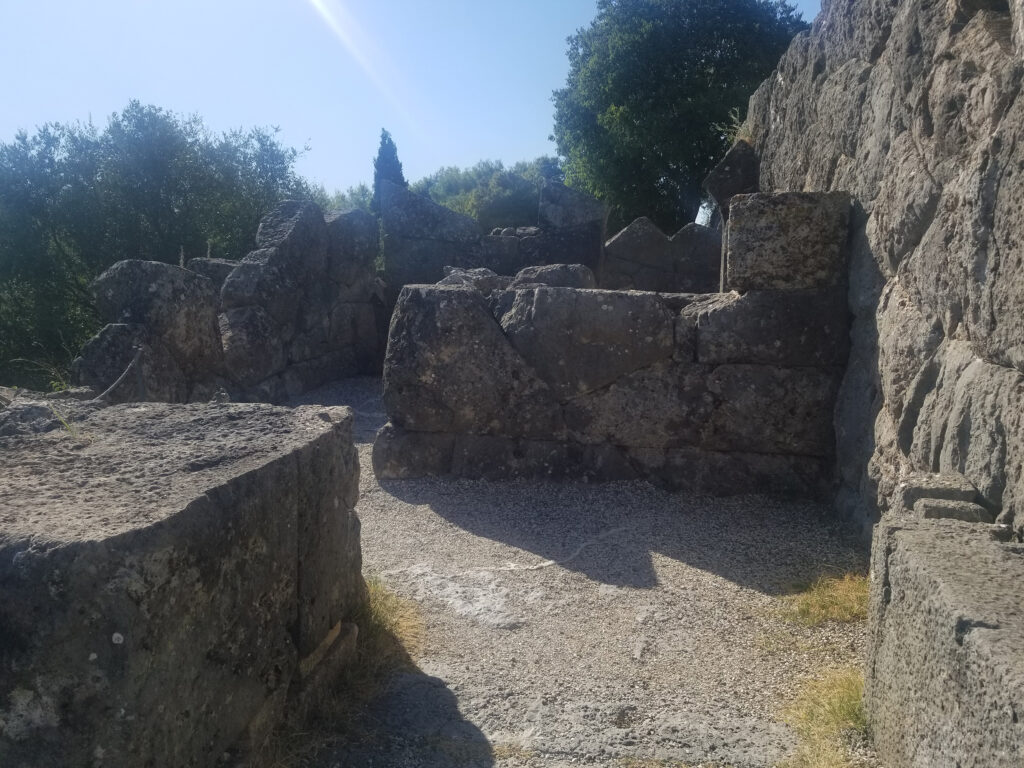
From the eastern corridor, the ceremony would enter the southern corridor, the so-called a labyrinth, which would create the illusion of moving through the dark and winding streets of Hades. The labyrinth had three iron doors, which were believed to exist in Hades as well.

The last door led to the main room of the sanctuary.
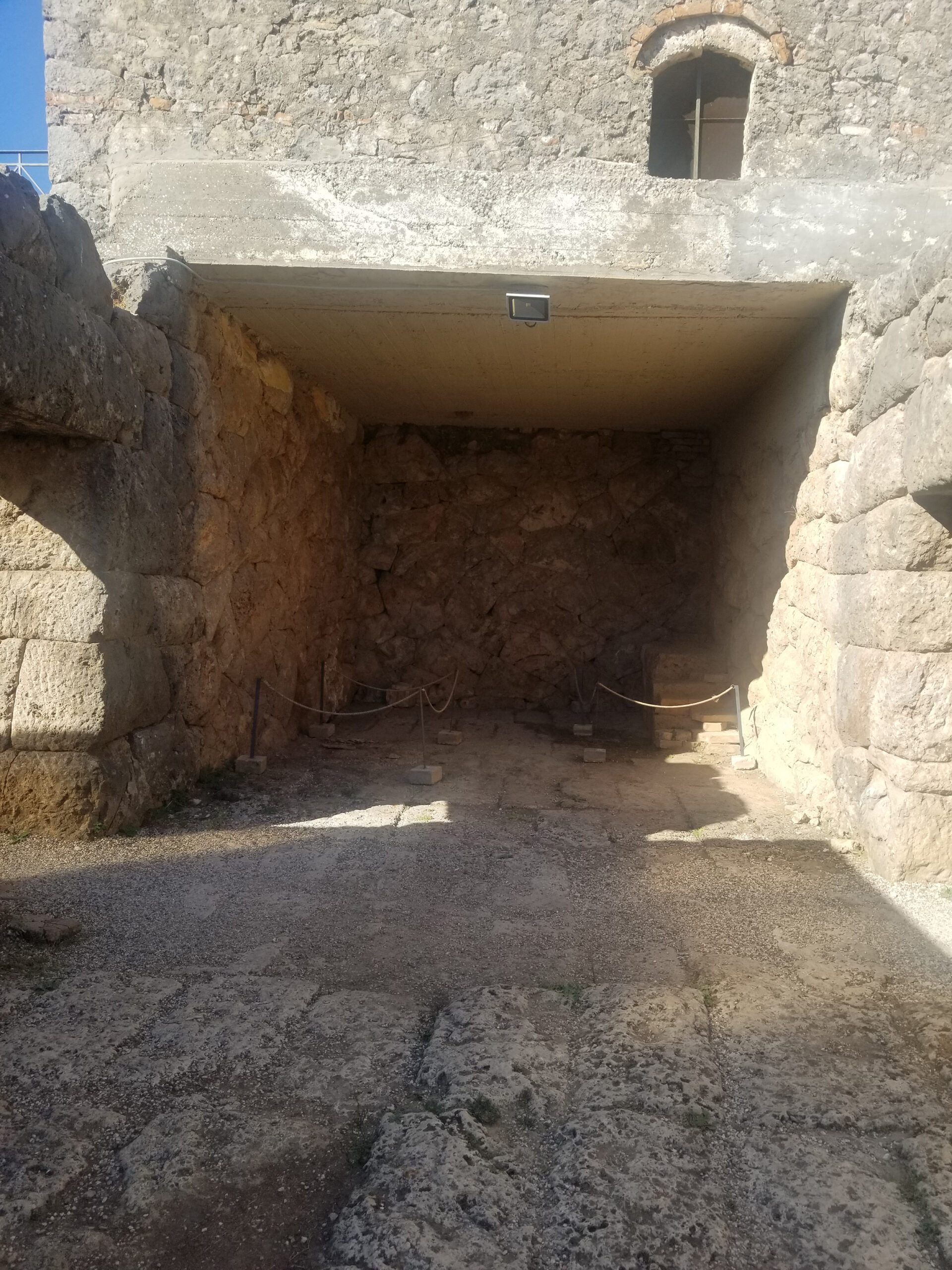
The participants of the ceremony finally enter the central room where the ritual of communication with the dead will take place. A strict diet, deep isolation in the dark rooms, back then generally accepted belief in the spirits of the dead, created a special psychological state in the believers mind, which enabled them to see shadows and communicate with them. They also ate special berries under the influence of which they got dizziness and hallucinations.
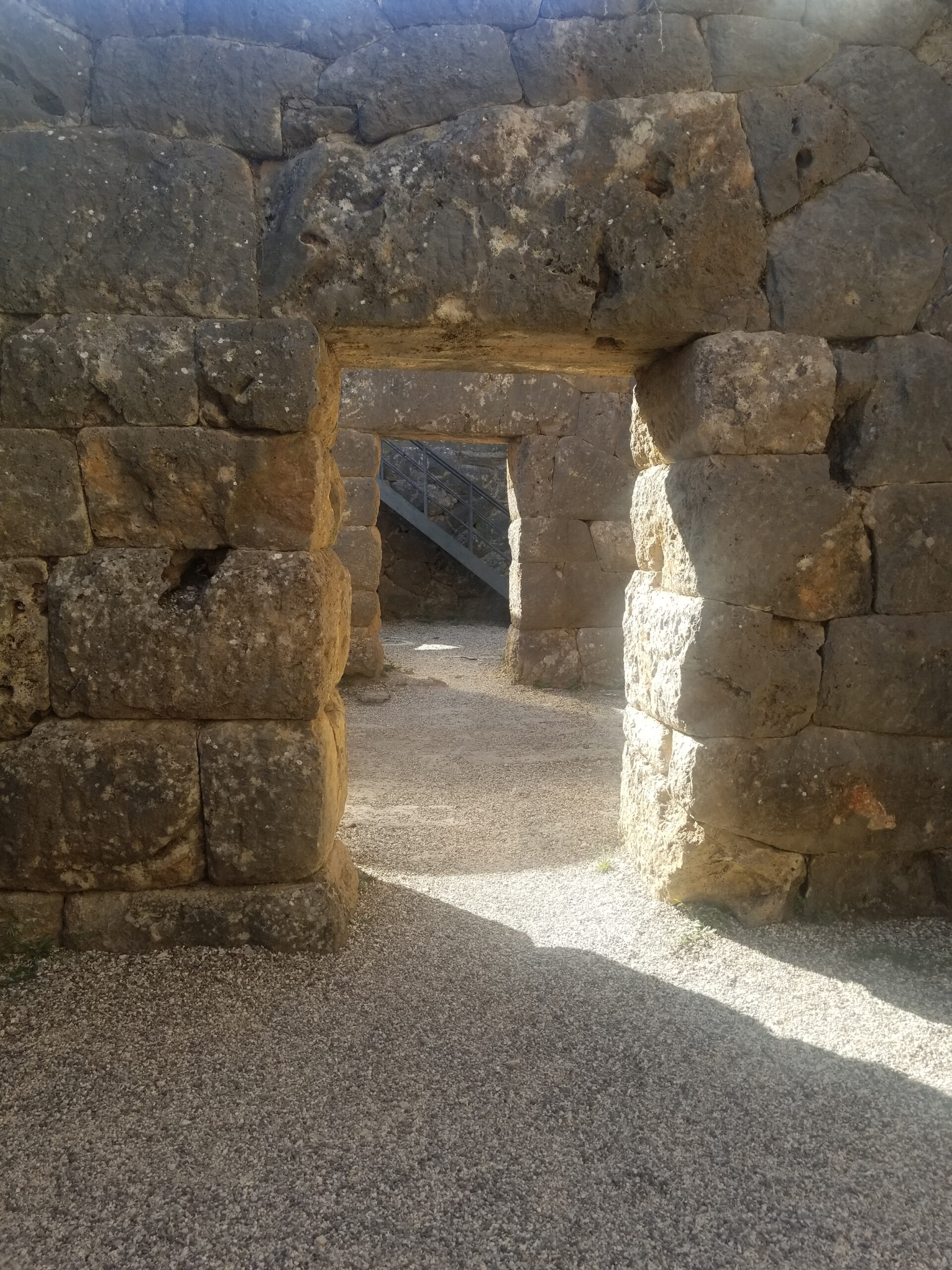
There were several passages that allowed priests to mysteriously disappear and appear before the faithful. In addition, parts of devices were found, which were used to produce shadows on the walls, and which were also used in the theater.
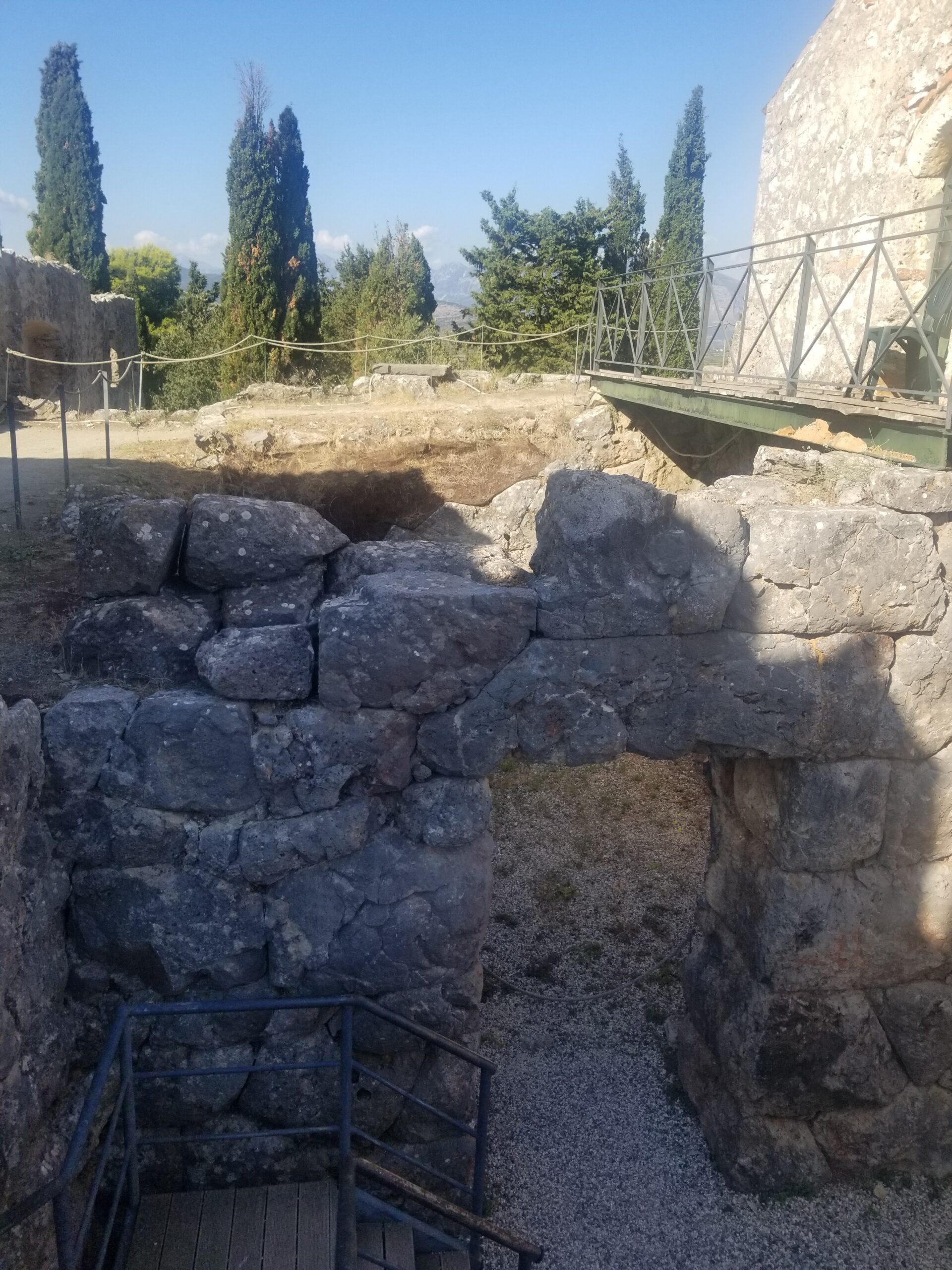
When they had talked with the dead and received the answers to their questions, the faithful would leave this room and purify themselves once again.
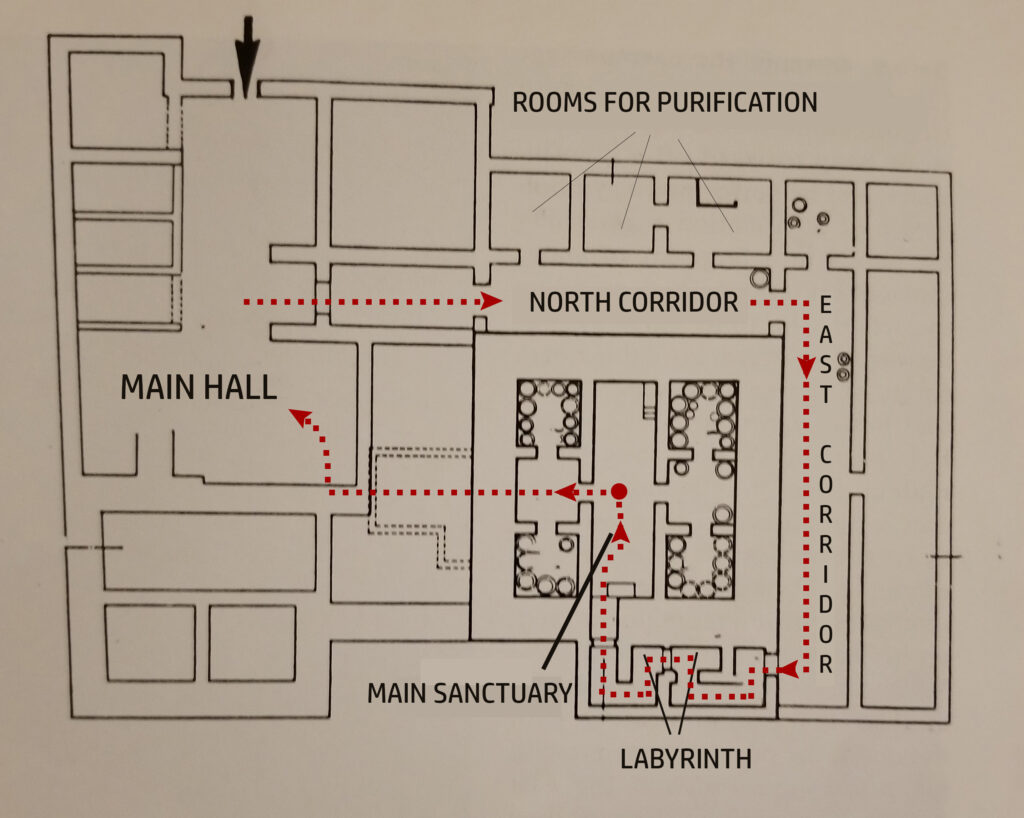
They did not return the same way they came in, so as not to meet people who were waiting for them to enter the sanctuary. All participants moved in a clockwise direction and it was strictly forbidden to move in the opposite direction. In the Hellenistic period, this ceremony lost its importance, only to disappear completely during the Roman rule, due to the progress of mind and science, and people believed less and less in the spirits of the dead and the possibility of communicating with them.

While Odysseus was staying on the island of Aea with the sorceress Circe, Odysseus received advice from her to go down to Hades. On Circe’s instructions, Odysseus came to this place, dug a hole in which he put milk, honey, water, wine, prayed to the gods and finally made a sacrifice. In this way, he seduced the prophet Tiresias, who advised him how to return to Ithaca.
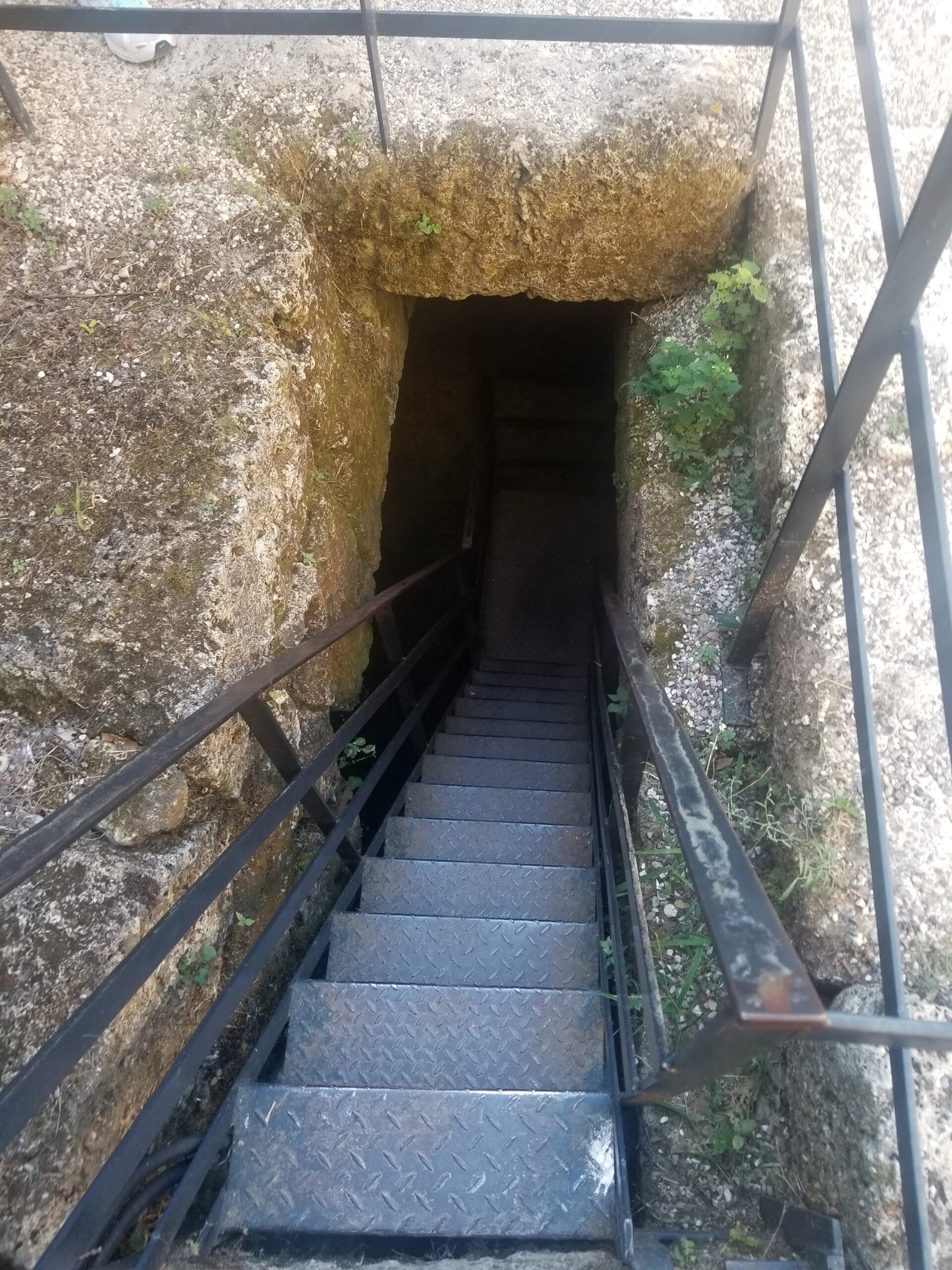
From the main room of the sanctuary, there is an entrance to the cave….
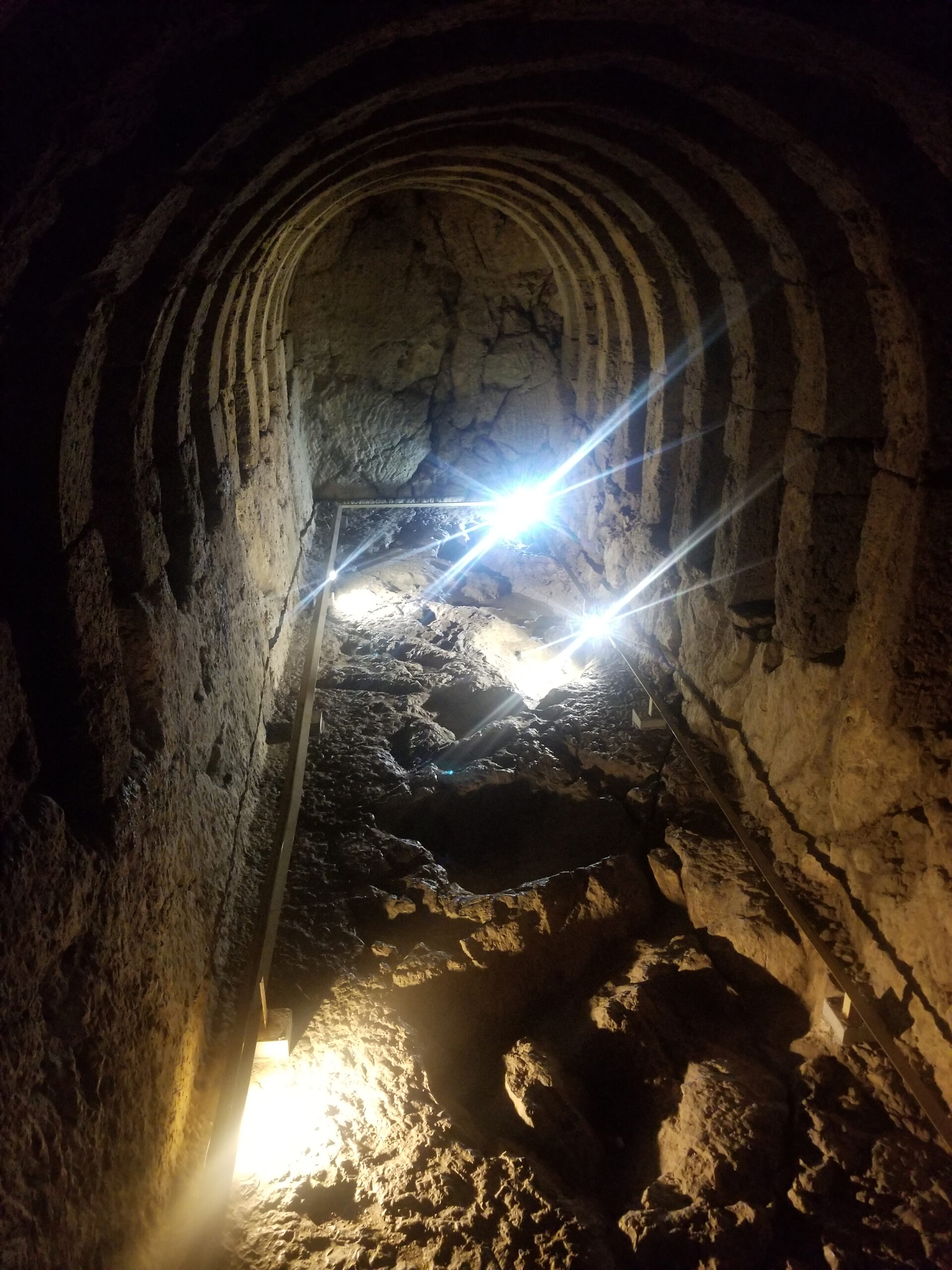
….where, according to the belief of the ancient Greeks, the palace of the underworld god Hades and his wife Persephone was located. The underground palace of Hades consists of 15 arches, forming a long tunnel. Living people who participated in the ritual were forbidden to descend into this cave.
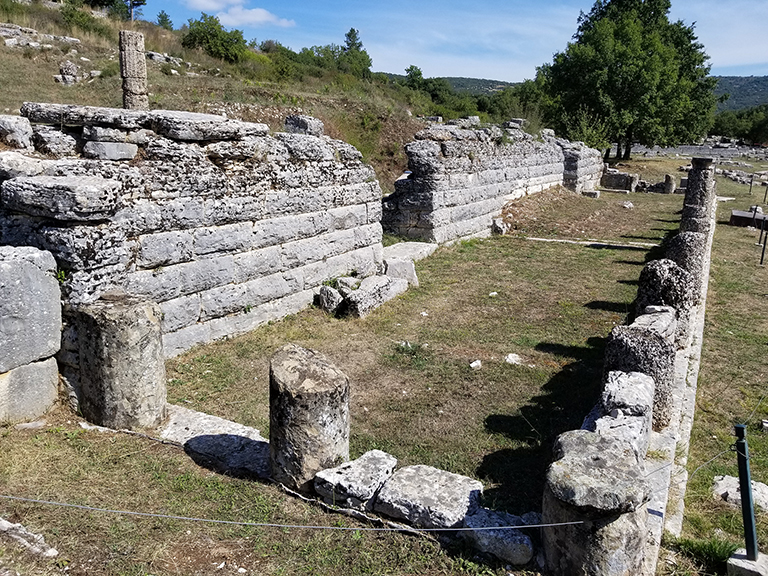
Dodona was an oracle, older than the much more famous one at Delphi. In ancient Greece, oracles gave mortals insight into the fu
Read More